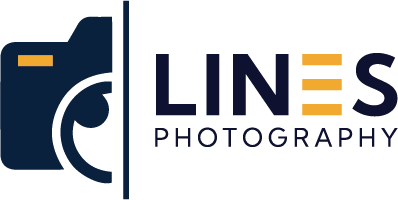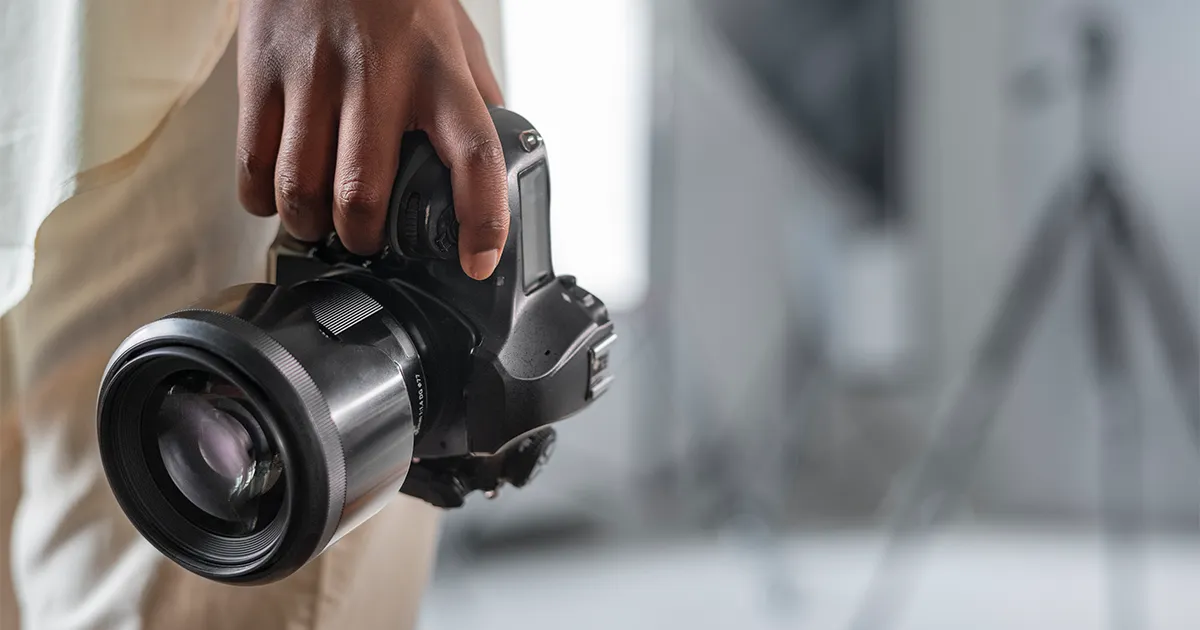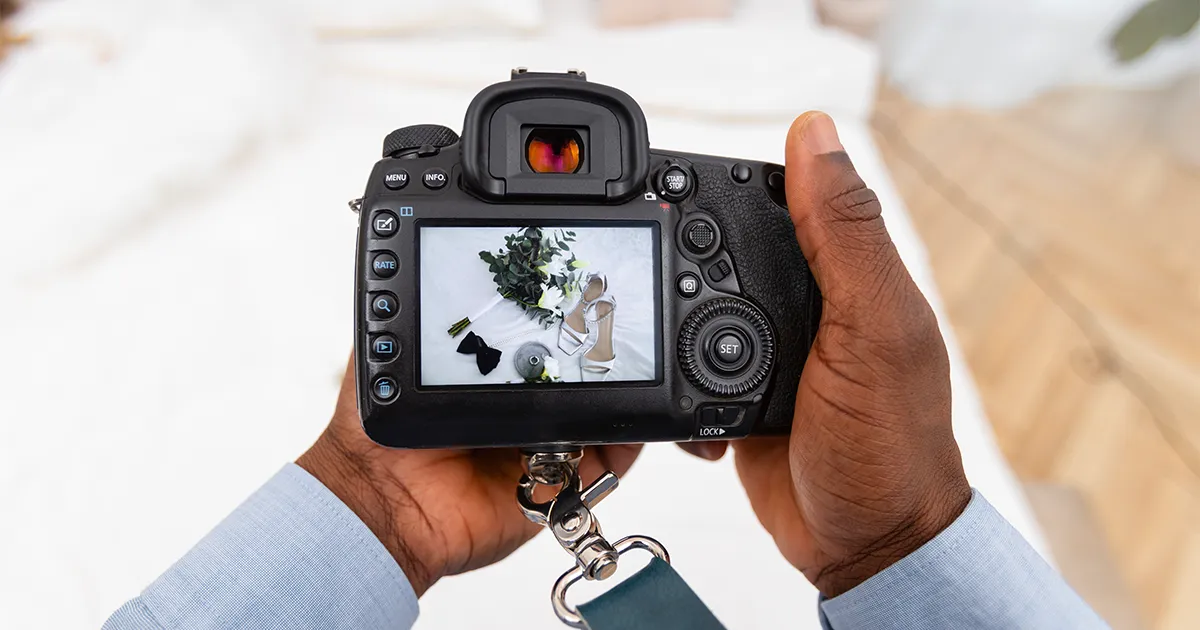The Visual Economy: Why Product Photography Matters
In today’s digital marketplace, consumers make split-second decisions based almost entirely on what they see. With physical examination impossible, product photography becomes the critical bridge between consumer interest and purchase confidence. The statistics speak volumes: listings with professional product photography sell up to 32% faster and often command higher prices than identical items with lower-quality images.
“Product photography isn’t just documentation—it’s visual persuasion,” explains e-commerce consultant Maya Rodriguez. “When consumers can’t touch, hold, or try a product, high-quality images must do the sensory work of convincing them of its value.”
This visual-first shopping behavior explains why major brands invest substantially in product photography. They understand that in a crowded marketplace, stunning product images create immediate differentiation and perceived quality.
How Quality Product Photography Drives Consumer Psychology
The impact of exceptional product photography extends far beyond simple aesthetics. Research in consumer behavior consistently shows that professional product images trigger specific psychological responses:
Trust Building
High-quality product photography signals professionalism and attention to detail. When consumers see crisp, well-lit product images from multiple angles, they instinctively trust that the business cares about quality across all operations.
“We found a direct correlation between image quality and trust metrics,” notes consumer psychologist Dr. James Chen. “Shoppers consistently rate businesses with professional product photography as more reliable and established, regardless of the company’s actual size or history.
Perceived Value Enhancement
The same product photographed professionally versus casually can create dramatically different value perceptions. Multiple studies confirm that consumers willingly pay premium prices when product photography presents items in their best possible light.
Emotional Connection
Strategic product photography evokes specific emotions and aspirations. Whether it’s lifestyle imagery showing products in use or atmospheric product photography creating a mood, these emotional connections drive purchase decisions more powerfully than rational considerations alone.
Essential Types of Product Photography
Different product categories and marketing goals require specific approaches to product photography:
White Background Product Photography
Clean, distraction-free white background shots remain the gold standard for e-commerce product photography. These images allow consumers to clearly assess details, colors, and features without competing visual elements.
“White background product photography is your workhorse,” says professional product photographer Alex Torres. “It provides the clarity and consistency shoppers need to make informed decisions.”
Lifestyle Product Photography
Showing products in realistic settings helps consumers envision ownership. Whether it’s furniture in a stylish living room or clothing on models in everyday situations, lifestyle product photography creates context and desire.
Detail-Oriented Product Photography
Macro shots highlighting craftsmanship, materials, and special features reassure customers about quality and functionality. These close-up product photographs are particularly important for luxury goods, technical products, and handcrafted items.
Scale-Demonstrating Product Photography
Images that clearly communicate size and proportion help prevent returns and customer disappointment. This type of product photography might include common objects for comparison or show the product in use.
Group Product Photography
Showcasing related products together suggests complementary purchases and increases average order value. Thoughtful product photography of collections or sets also reinforces brand cohesion.
Technical Elements of Successful Product Photography
Behind every compelling product image lies careful technical execution:
Lighting Mastery
Nothing impacts product photography more than lighting. Whether using natural light, studio setups, or a combination, proper lighting reveals textures, accurate colors, and the three-dimensional quality of products.
“Lighting is the language of product photography,” explains veteran commercial photographer Sarah Williams. “It can make textures tactile, metals gleam, or fabrics appear soft—all visual cues that trigger desire.”
Composition Principles
Strategic arrangement within the frame guides the viewer’s eye and emphasizes key product features. Effective product photography uses composition to create visual hierarchy and interest while maintaining clarity.
Color Accuracy
Precise color reproduction in product photography prevents returns and builds trust. Professional product photographers use color calibration tools and proper white balance techniques to ensure what customers see is what they’ll receive.
Depth of Field Control
Selective focus in product photography directs attention to the most important elements while creating a sense of dimension. This technique is particularly effective for showcasing specific features or creating aspirational lifestyle imagery.
Post-Processing Refinement
Professional editing enhances product photography without misrepresenting the actual item. Color correction, background removal, and subtle retouching ensure consistent quality across product lines.
ROI of Professional Product Photography
Investing in quality product photography delivers measurable returns:
- Increased conversion rates (studies show improvements of 30% or more)
- Reduced return rates due to accurate visual representation
- Higher average order values when products look desirable
- Enhanced social media engagement and sharing
- Stronger brand perception and recognition
- Greater press coverage and features in third-party publications
“We track metrics before and after professional product photography implementation,” notes e-commerce platform analyst Jordan Lee. “The data consistently shows that improved product images represent one of the highest-ROI investments available to online retailers.”
DIY vs. Professional Product Photography
While many businesses begin with in-house product photography, understanding the trade-offs helps inform smart scaling decisions:
When DIY Product Photography Makes Sense
- Early-stage businesses with limited budgets
- Products that don’t require complex lighting or specialized techniques
- Businesses with steady product turnover requiring frequent updates
- Brands with team members who have photography skills and proper equipment
When Professional Product Photography Becomes Essential
- Luxury or premium-positioned products where image quality directly reflects brand value
- Complex items with reflective surfaces, intricate details, or challenging proportions
- Consistency requirements across large product catalogs
- Situations where opportunity cost of in-house production exceeds outsourcing expense
“The question isn’t always whether you can take decent product photos yourself,” advises business strategist Michelle Park. “It’s whether your time and resources are better invested elsewhere while experts handle your product photography.”
Product Photography Trends Shaping Consumer Expectations
The field of product photography continuously evolves. Current trends include:
360-Degree Product Photography
Interactive images allowing customers to rotate products virtually reduce uncertainty and increase conversion rates.
Video Integration with Product Photography
Short clips showing products in motion complement still product photography and address functionality questions.
Authentic, Less Polished Product Photography
While maintaining quality, some brands embrace slightly more authentic product images that feel less artificially perfect.
Environmentally Conscious Product Photography
Showcasing sustainable packaging and materials through specialized product photography resonates with eco-minded consumers.
AR-Ready Product Photography
Images captured specifically for augmented reality applications allow virtual “try before you buy” experiences.
Practical Tips for Elevating Your Product Photography
Regardless of budget or experience level, these strategies can improve your product images:
- Invest in basic equipment first: A good tripod, consistent lighting, and reflectors dramatically improve product photography quality.
- Develop shot lists: Create standardized product photography requirements for each product category to ensure consistency.
- Build a style guide: Document your product photography approach including angles, lighting, and styling to maintain brand cohesion.
- Consider your context: Ensure your product photography style matches your sales channels—marketplace listings may need different approaches than your branded website.
- Test and optimize: Use analytics to determine which product photography styles drive the best results for different product categories.
Conclusion: Product Photography as Business Strategy
In today’s visually-driven marketplace, product photography transcends simple documentation to become a critical business strategy. The brands that understand this power difference consistently outperform competitors through thoughtful investment in quality product images.
Whether you’re selling handcrafted jewelry or enterprise software, compelling product photography communicates quality, builds trust, and creates desire in ways that words alone cannot. By approaching product photography as a strategic business asset rather than a necessary expense, you position your products to capture attention, inspire confidence, and ultimately, drive sales.
The question is no longer whether you need excellent product photography—it’s whether your current images are working as hard as they could be to showcase your products in their very best light.







